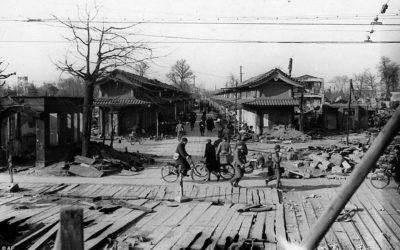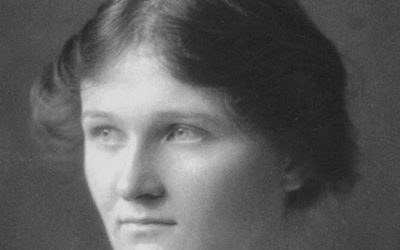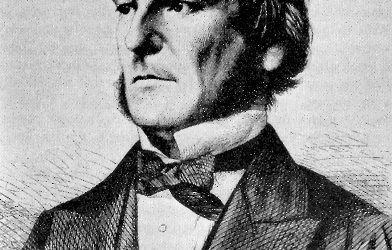The culture of the United States is one that celebrates the common man, and so many of the artifacts associated with “Americana” are popular consumer products. America is associated in people’s minds not just with baseball and apple pie, but also Coca-Cola, Levi’s jeans, and the Slinky. Another image that springs to mind is children pulling each other through suburban streets in a little red wagon, with the slightly strange name of “Radio Flyer” printed in white lettering along the side. It is an interesting coincidence that the creator of this classic American toy was also a man who embodied the “American dream” of rising from humble origins to success and prosperity.
Antonio Pasin was born in Venice to a family of cabinetmakers, but like many Italians in the early 20th century he envisioned a better life for himself in America. At the age of 16, he embarked on a voyage to New York City alone to seek his fortune, arriving with no contacts and no money; his family had just barely been able to afford his passage across the Atlantic. But after a few years, during which he had moved to Chicago, he was able to save some money, buy woodworking tools, and rent a one-room shop to work out of.
Naturally Pasin started by practicing his family trade, cabinetmaking. He built phonograph cabinets in his shop and sold them to customers around the city. It soon became clear, however, that customers were more interested in the small wooden wagons he used to carry around his tools, which seemed like they would make ideal toys for their children. Pasin obliged, dedicating his time to producing the wooden wagons under the name “Liberty Coaster,” an homage to New York’s famous Statue of Liberty.
The possibilities of this new product inspired Pasin, who did everything he could to make his wagons widely available at a low cost. This included a change from wood to stamped steel so they could be made more efficiently and cheaply, along with the introduction of Henry Ford-style mass-production techniques. For these new, modern wagons, Pasin chose a name based on two modern marvels of the 1920s, radio and transcontinental flight: “Radio Flyer.”
By the early ‘30s, Pasin was a successful local businessman with a small factory in Chicago. However, like many entrepreneurs, he wanted his business to grow even further, believing that there was a national market for his Radio Flyer. To promote his business, he took out a $30,000 loan to build a huge display at the 1933 World’s Fair in Chicago, under which he had a stand selling souvenir replicas of his toy wagon for a quarter each. This was a tremendous gamble that had the potential to sink his company financially, but he ultimately profited from it. He sold more than 100,000 of the souvenir wagons, and more importantly spread awareness of his brand to citizens across the United States who were attending the fair. His slogan of “For Every Boy, For Every Girl” proved to be prophetic, as orders for Radio Flyers came in from every corner of the country.
By paying close attention to his customers’ interests and balancing his factory’s capacity with a swell of demand for his flagship product, Antonio Pasin was able to create an institution that withstood the Great Depression and only grew stronger in the subsequent decades. Even now, more than a century after he began selling his wooden wagons in Chicago, his company endures in much the same form it had during its heyday. It is still a private company with a relatively narrow range of products, and its biggest seller is still the ever-popular Radio Flyer wagon. Also, perhaps most crucially for its legacy, the Radio Flyer has an appeal that transcends generation, gender, and race.
Next Post: Rose O’Neill, the illustrator and suffragist whose famous Kewpies helped spread the message of “Votes for Women”














